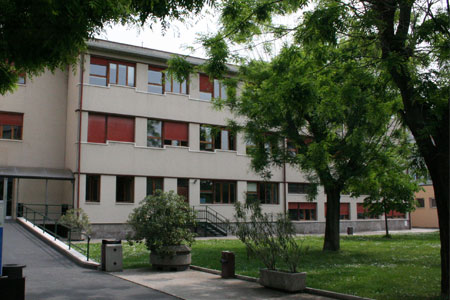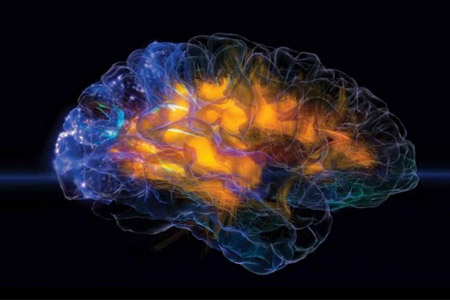The Signal Transducers and Activators of Transcription (STATs) are a family of cytoplasmatic proteins with roles as signal messengers and transcription factors that participate in normal cellular responses to cytokines and growth factors. The duration of activation of individual STAT proteins in normal physiological conditions is temporary and usually lasts from a few minutes to several hours.
Frequently, however, abnormal activation of certain STAT family members, particularly STAT1 and STAT3, is associated with a wide variety of human pathologies,including inflammation-correlated diseases and cancer. Any treatment counteracting the hyper-expression or -activation of STAT1 or STAT3 has been considered as a new strategy to treat different type of pathologies. Such strategies could potentially include the development of receptor-ligand interaction antagonist, the alteration of STAT interacting proteins, the inhibition of serine kinases or activation of specific phosphatases and the development of small molecules that interfere with STAT
dimerization and/or DNA binding. A better knowledge of the molecular mechanisms responsible for cytokine-induced transduction pathway could be helpful for the finding of specific targets of new safe pharmacological toolsThe cellular redox state is a crucial mediator of signal transduction and recently it has been reported that the disturbance in the glutathione/glutathione disulphide couple (GSH/GSSG) homeostasis can negatively regulates the activation of STAT3. The molecular mechanism of this action is based on glutathionylation of critical cysteine residues of STAT3 itself with successive inhibition of the tyrosine705-phosphorylation.
Traditionally, pharmacological research is particularly active in searching for potential therapeutics contained in plant extracts used in phytotherapy and traditional medicine. Today among the effective drugs in use about 35% are of natural origin; these include plant extracts as well as pure natural compounds or their synthetic derivatives. The current trend in strategies for drug discovery in the pharmaceutical industry is combinatorial chemistry coupled with screening techniques in the plant kingdom. Over the last ten years, a significant body of evidence has emerged indicating that chemically diverse classes of naturally-occurring substances are of
potential interest for therapeutic interventions in several diseases. We reported that green tea extract or its main component, epigallocatechin-3-gallate, (EGCG), hyperforin present in St. John Wort extract and Arbutus unedo exert a strong inhibitory action on IFN-gamma-elicited STAT1 activation, indicating the possibility of their use in the prevention/therapy against stroke, diabetes and pleurisies, respectively. In the course of those studies we have also identified two sesquiterpene lactones, dehydrocostuslactone and costunolide, exerting a strong inhibitory action toward IL-6-induced activation of STAT3 in human leukemic cell line THP-1 and
we have demonstrated that the molecular mechanism of their action is correlated with intracellular GSH decrease and the consequent S-glutathionylation of Tyk2 and STAT3 itself.
This research project stems from these studies and is aimed a) to evaluate the effect of another well known sesquiterpenes artemisinin and its derivatives on STAT1/3 activation pathway b) to evaluate the ability of terpene extracts and pure sesquiterpene isolated from Artemisia species by the UO-IBA to inhibit STAT1/3 c) to elucidate the molecular mechanism of their inhibitory action
We will first perform a screening study by EMSA and Western Blotting in order to identify sesquiterpenes able to efficiently inhibit STAT1 and/or STAT3 activation.
Successively, we will study the molecular mechanism of their inhibitory action focusing the attention on the JAK tyrosine kinases, MAP kinases and tyrosine/serine phosphatase involved in the STAT transduction pathway. Since recently S-glutathionylation has been considered as another important post-translation protein modification, we will evaluate the change in intracellular redox state after treatment with the identified sesquiterpenes by the spectrophotometric analysis of both the ROS production and the GSH/GSSG level. Furthermore, the S-glutathionylation of STATs and/or JAKs will be evaluated by Immunoprecipitation and mono- and/or bi-dimensional non reducing SDS-PAGE followed by Western-Blot. Finally, kinetic parameters of direct interaction between identified sesquiterpenes and
targets will be measured by Surface Plasmon Resonance technique.







